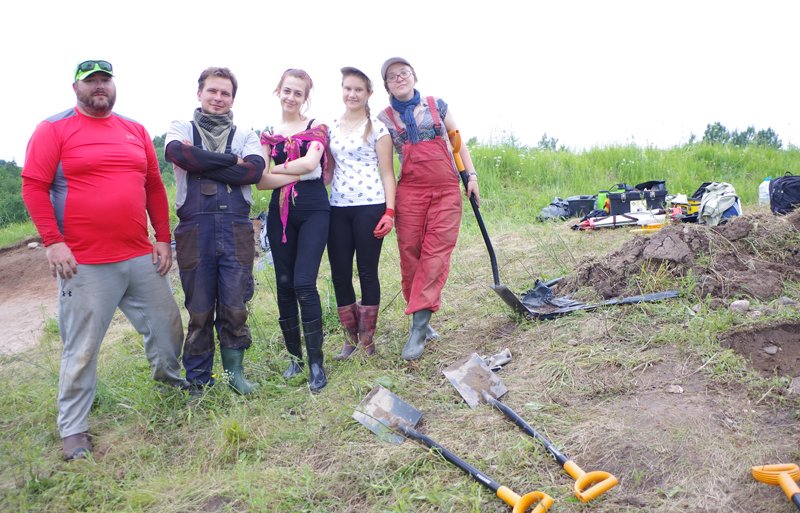Overview
B.E.A.F.R. is a joint research project consisting of faculty, staff and resources pooled from The University at Buffalo Social Systems GIS Laboratory, The University of Buffalo Anthropology Department, Lietuvos Istoijas Institutas (Institute for Lithuanian History): Department of Archaeology and the Institute for European and Mediterranean Archaeology (IEMA). The goal of B.E.A.F.R. is to examine the Affect of landscape scale forcing factors on interactions between contemporary Mesolithic (or Forest Neolithic) Cultures and agricultural Neolithic Cultures throughout prehistory and specifically during the period that Agricultural Substitution occurred. This will be accomplished using a path dependent structuration model of cultural change. All modeled results are thus solely the result of human Agency. Landscape level Forcing Factors in this model may be either social or environmental and thus affect rather than directly effect human behavior and culture. These are events which would have changed background conditions to the point that it is though they would have to be accommodated via recursive changes in social structure by knowledgable actors. To accomplish this forcing Factors, either environmental or social, put pressure on Habitus, the lived behavior of human beings which determines the reproduction of culture. As the cycling time of Habitus is reduced towards an effective temporal threshold of a human lifespan or less, Habitus becomes progressively reactive and allows for increased effectiveness of human Agency in cultural change. This is especially true of intercultural Agency in linked cultural systems under pressure. It is in this manner that an Agricultural Substitution Event may be triggered by landscape scale Forcing Factors.
Forcing factors need only be of a scale to affect all cultures on the landscape to the same degree and of a frequency of impact of a single generation or shorter. These are not isolated catastrophic events like volcanic eruptions or earthquakes but must be Events of High Frequency in their cyclicity. They cannot work in a vacuum and require an existing tensor in order to be effective. Examples of existing tensors are trading networks and other long established stable intergroup relationships. Various geologic forces such as isostatic uplift and active faulting, climactic forces such as deglacial warming and changing patterns of precipitation, and biological forces such as changing biomes and the formation of refugia have shaped the history of the region since the Terminal Pleistocene and can serve as viable forcing factors.
Media

